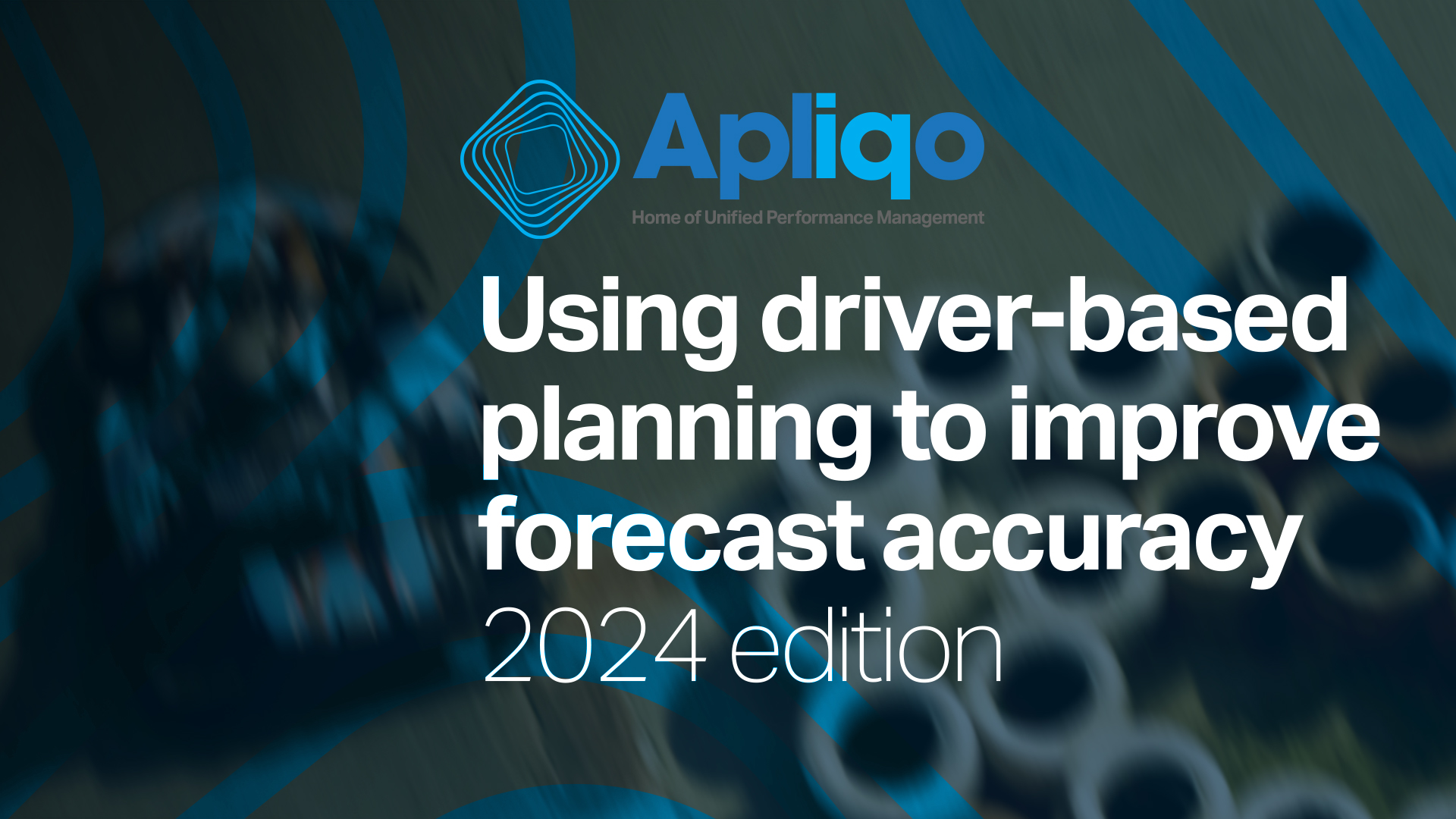In our blog, we show the best way of managing one of the biggest risks associated with corporate planning.
The foreign exchange market is the biggest market in the world. Each day currencies valued at several trillion dollars are traded all over the world – a volume which stock markets don’t even come close to matching. Even the New York Stock Exchange on Wall Street – the most famous and strongest stock exchange in the whole world – doesn’t stand a ghost of a chance against the forex market. The sheer size of the market and the large number of players are also the main reasons why price fluctuations occur suddenly and unexpectedly. Exchange rates are influenced by many different factors: changes in interest rates, inflation, political decisions, developments on the labor market or the demand for imports and exports can wreak havoc with international trade. This makes the foreign exchange market not just the planet’s largest financial market but also the most volatile one.
Unforeseeable
Let’s look back to 2015. The Swiss National Bank (SNB) discontinued the Euro rate ceiling of 1.20 Francs on January 15. Europe’s single currency temporarily fell more than 20% from the stable exchange rate to less than 1 Franc! Feelings of shock prevailed on the markets. No one saw this development coming. Four years later many companies are still struggling with some of the consequences – and that comes as no surprise. In our highly globalized world, there is virtually no company without international exposure in some form or other and thus also exposed to exchange rate fluctuations. Exchange rates play an important role when it comes to cross-border transactions: they have a direct impact on calculated or expected income. If a currency’s value changes within a short space of time, then assets, liabilities and cashflow can literally change over night.
Planning has its limits
Exchange rate fluctuations are just as complex as the effects they have on business. It is difficult to model the effects on the different dimensions (regions, products, customers, assets, cash flow, sales and cost structures per currency to which exposure exists, etc.). Conventional planning tools such as Excel reach their limits, the reason being that the tools are not capable of creating different scenarios and performing stress tests. However, that would be necessary to include external influences in corporate planning – above all in cases where the influences are not foreseeable in principle. Stress tests make it possible to develop hedging strategies and to determine the impact of currency fluctuations on income, costs and balance sheet items. So why do many companies not consider – or only give inadequate consideration to – currency effects where planning is concerned? Because they are not able to do so.
Better risk management
Let’s not kid ourselves. Unfortunately, no software allows us to see into the future. Therefore, we will also never succeed in accurately predicting exchange rates. Consequently, it isn’t the duty of corporate planners to read tea leaves but rather to correctly assess a range of possible risks and outcomes define possible measures to mitigate foreseeable (and unforeseeable) risks. Modern software solutions enable multi-dimensional modeling of cause and effect chains and can depict complex facts in such a way that they take all relevant dimensions into account. Planning managers can conduct detailed stress tests based on the data obtained and model possible scenarios.
Making the right decisions
This type of modeling makes it possible to better prepare for risks, even unforeseeable ones. The results of the stress tests are used to derive measures, in order to be able to implement natural hedging strategies. For instance, a company can transfer costs incurred in good time to regions with a positive forex exposure. Companies which use a modern software solution and can properly manage exchange rate risks have a decisive competitive advantage. They are capable of making the right decisions – even in extreme situations like the Francageddon shock of 2015.
Would you like to know more about scenario modelling and unified performance management?
Click HERE and join our free webinars.







